2016 ERP Software Buying Considerations
Cloud Subscription Based ERP Software vs On-Premise Server Based ERP Cost, Control and Customization Drive the Debate
3 min read
Adrian Montgomery Tue, Dec 29, 2015
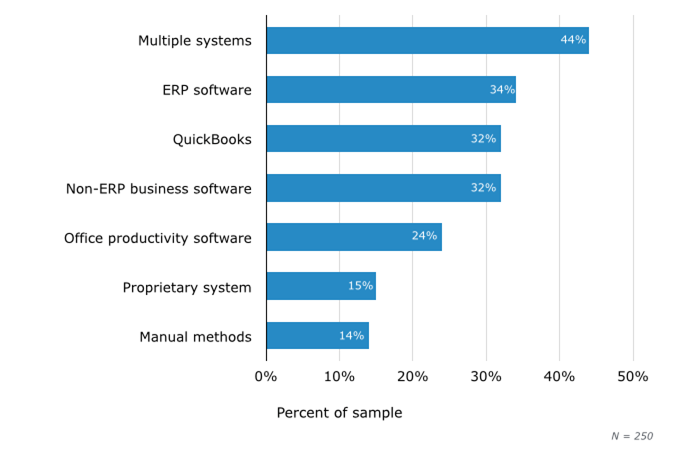
Please visit Software Advice for the original version of this article.
ERP VAR connects companies who have ERP Software needs with business partners and solutions to explore their options to best fit their business requirements.
We are providing this comprehensive document to help guide you through the process and help clarify the buying process. The experts at Software Advice discovered the following 6 key findings after careful research about ERP software buyers:
Process efficiency and improvement is so critical to a company’s growth, and with that, finding the right ERP solution to handle the growth is one of the first decisions made to guarantee success.
As one of the most important components of an IT ecosystem, ERP aids with and monitors all of a business’s critical operations: sales, accounting, human resources, supply chain management, customer relationship management (CRM) and so on.
With so many solutions available, it is getting harder and more time consuming to make this decision. The cost to implement and maintain such solutions can range tens of thousands to millions of dollars, depending on the size of the organization. Data migration, customizations, and employee training, which are a few of the processes required can take a few months to a several years to complete.
Usually some customizations are required to ensure the solutions work flow fits the company requirements. The more customizations there are usually increases the cost, maintenance and implementation time.
Using the above considerations, we have laid out some important information to help guide a company through the requirements and decision process.
It is surprising to hear that only 1/3 of companies are leveraging the power of an ERP solution to run their company. The other 2/3’s are still limping along using multiple systems ineffectively.
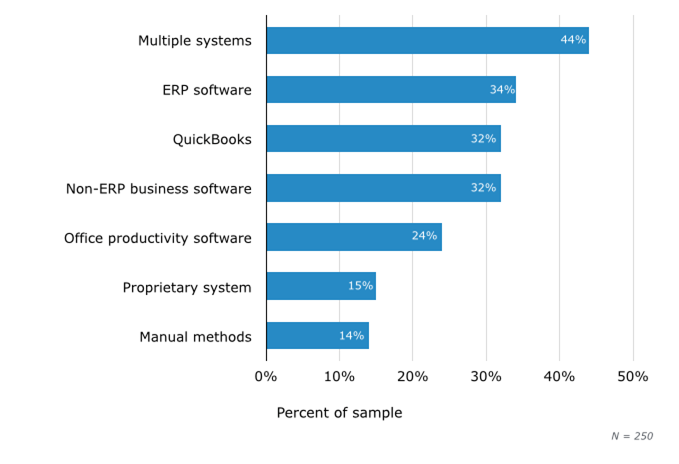
Because of the time-consuming nature of data migration, customizations and employee training, it is almost harder for existing ERP users to move to another ERP as opposed to implementing an ERP for the first-time.
When looking to replace a current ERP, it is most important to ensure reasons and requirements justify the cost and time of the migration.
Fortunately, many software vendors offer in-house implementation and consulting services, as prospective buyers—regardless of their experience with ERP—often need the reassurance of assistance throughout the implementation process. Buyers have reason to worry, after all: ERP implementation failure is a very real thing that can cripple even large corporations.
Perhaps the most infamous example of this is the Hershey Company’s botched ERP implementation in 1999, which prevented $100 million worth of candy from being delivered to stores in the weeks before Halloween. When news of the debacle broke to investors, the Fortune 500 company’s stock dropped by 8 percent in a single day.
Typically ERP implementation failures are not caused by the software itself, usually is it over anxious buyers with unrealistic expectations of cost and timelines.
Managing expectations from the beginning of the project is key to a successful implementation and is the responsibility of both the buyer and vendor.
Having a clearly defined buyer/vendor responsibility list is critical and plays a large part in the progress and completion of the project.
With such a large number of companies using multiple systems to handle all ERP processes—typically, a combination of QuickBooks, Excel and basic project management software, resulting in time-consuming process, duplicate data entry and compromised data.
Seamless integration between business processes is the the key purpose of an ERP solution, so it is not surprising that 59 percent of all prospective buyers state this as a top reason for wanting a new system.
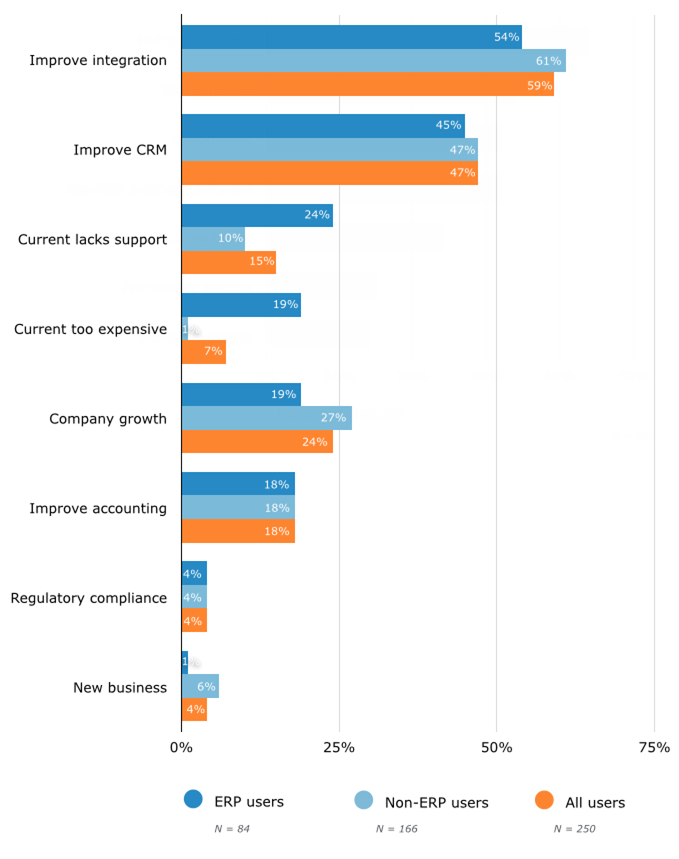
Please visit the experts at Software Advice for more information regarding ERP software options.
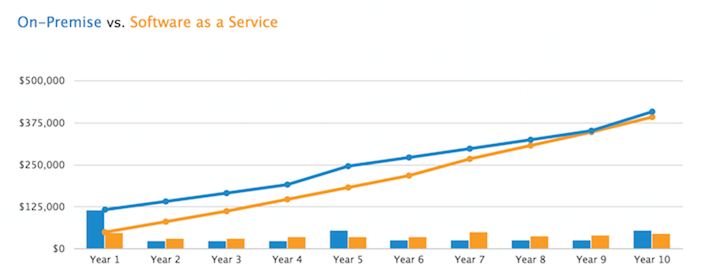
Cloud Subscription Based ERP Software vs On-Premise Server Based ERP Cost, Control and Customization Drive the Debate
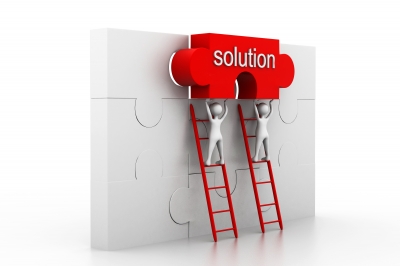
Written by Sage 100 ERP Consultant, Lloyd Smith with Mindover Software, Austin, TX Enterprise resource planning (ERP) as a business strategy and...

What is ERP? ERP is Enterprise Resource Planning that integrates all your business processes in an automated way. What if your personal life was...